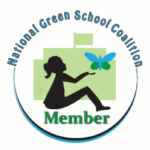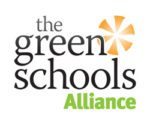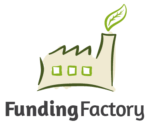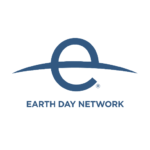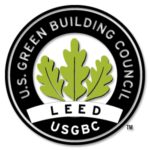Green Schools
Waste Hero Education provides free lesson plans to achieve its aim of educating 1 million people by 2030 on zero waste, recycling, and the circular economy. Resources are available to empower children K-12 with the skills and knowledge to care for the planet.
The United States Department of Education establishes policies on federal financial aid for education, and distribution and monitoring of those funds. In addition, the department collects data of America’s schools and disseminates research. The website contains information for educators, students, parents, and administrators.
Project Learning Tree (PLT) is a program of the American Forest Foundation that uses forests to engage young Americans and provide them with environmental education. PLT provides curriculum, programs, and other resources to educators so that they can introduce their students to an array of complex
The Green Schools Initiative was founded in 2004 by parent-environmentalists who were shocked by how un-environmental their kids’ schools were and mobilized to improve the environmental health and ecological sustainability of schools in the U.S. We believe it is essential to protect children’s health – at school and in the world beyond school – and we work to catalyze and support “green” actions by kids, teachers, parents, and policymakers to:
* Eliminate toxics
* Use resources sustainably
* Create green spaces and buildings
* Serve healthy food, and teach stewardship
The Green Schools Coalition is dedicated to turning schools green and will assist anyone who reaches out to them.
Here, teachers and parents can “tour” a green school and understand why it is beneficial to have a school that is green as well as how to get funding for them.
First envisioned on World Environment Day, June 5, 2007, the GSA was created in response to Mayor Bloomberg’s challenge to New York City institutions to reduce their carbon footprint 30% by 2030. On October 11, 2007, hosted by the Allen-Stevenson School, forty six schools gathered to explore Climate Change and What Schools Can So About It. The Green Schools Leadership Commitment was first introduced to 21c environmental challenges through integrated sustainable and energy-smart solutions and, with support from The Mayor’s Office of Long Term Planning and Sustainability, the National Association of Independent Schools (NAIS), the National Business Officers Association (NBOA), and other local, state, national and global resource partners, the GSA was launched.
Green schools can use this website to raise money for their programs and activities since they are already recycling.
All of EDN’s activities, whether greening schools or promoting green economic policies at home and abroad, inform and energize populations so they will act to secure a healthy future for themselves and their children. With its partner organizations, EDN provides civic engagement opportunities at the local, state, national and global levels. At every turn, EDN works to broaden the definition of “environment” to include all issues that affect our health, our communities and our environment, such as greening deteriorated schools, creating green jobs and investment, and promoting activism to stop air and water pollution.
The U.S. Green Building Council (USGBC) is a nonprofit composed of leaders from every sector of the building industry working to promote buildings that are environmentally responsible, profitable and healthy places to live and work. Our more than 13,000 member organizations and our network of 75 regional chapters are united to advance our mission of transforming the building industry to sustainability.
Green schools are healthier for students and teachers, better for the environment, and cost less to operate and maintain. Here are some resources to help you learn more about what defines a “green” school and how your kids and your school district can benefit.



